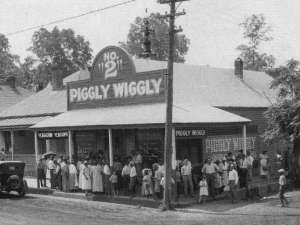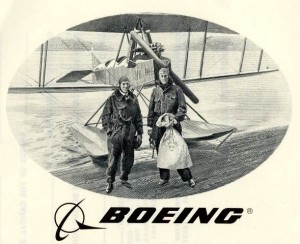Happy New Year! We hope that everyone had a great time during the holidays. Do you have a lot of plans for 2016? Before you start worrying about all you have to do, let’s go back and see what life was like back in 1916:
- The average life expectancy for men was 49.6 years and for women, it was 54.3 years.
- The U.S. population had reached 102 million
- There were 3.4 million cars registered in the U.S.
- The price of a new Model T Ford dropped to $360.00!
- 1916 was the year that the tow truck was invented by Ernest Holmes, Sr., of Chattanooga, Tennessee. He worked in a garage and was inspired to create the invention after he had to pull a car out of a creek with ropes and six men.
- What did union workers in New York City earn? According to the U.S. Bureau of Labor Statistics:
- Brick layers earned 75 cents per hour
- Carpenters earned 62 cents per hour
- Painters earned 62 cents per hour
- Plumbers earned 69 cents per hour
- Structural steel workers earned 63 cents per hour
- The number one song title in 1916 was “Somewhere a voice is calling”, by John McCormack.
- Clarence Saunders opened the first supermarket in 1916 and it was named “Piggly Wiggly”. Prior to this, customers would shop at a general store where a clerk behind the counter would fetch items in limited quantity for customers. With his new self-service grocery store, customers were able to choose from a wider selection of goods at competitive prices.
- The hamburger bun was invented in 1916 by a fry cook named Walter Anderson. Mr. Anderson went on to cofound the first hamburger chain, White Castle, in 1921.
- About 60 percent of children were enrolled in school.
- Only 13 percent of students earned a high school diploma.
- California’s minimum wage was at 16 cents per hour.
- The average prices for these items were:
- Round steak sold for 25 cents a pound
- Eggs were 38 cents a dozen
- Milk was 36 cents per gallon
- A loaf of bread was 8 cents
- Coffee sold for 30 cents a pound
- A ten pound bag of potatoes cost 25 cents
- Gasoline was 22 cents a gallon
- A first class postage stamp sold for 2 cents
- A movie ticket cost 7 cents
- The price of silver was at 67 cents per ounce and gold was at $20.67 per ounce.
- Few homes had indoor plumbing. It wasn’t until 1940 that the number of homes with complete indoor plumbing reached 55 percent.
- For $630.00, you could buy a two-story, three bedroom kit home from Sears. The kit included all the materials needed to build the house, including paint. Plumbing and heating were available at an extra charge.
- Edward Christopher Wente, of Bell Laboratories, invented the condenser microphone. This technology made it possible to start making long distance phone calls and condenser microphones are still used today for many different purposes.
- On the night of January 23, 1916, the temperature in Browning Montana dropped from 44 degrees to 56 degrees below zero!
- In 1916, William J. Newton patented the toggle light switch that you see in almost every home. They were safe, reliable and durable, but produced a loud click when someone flipped the switch on or off.
- On January 1, 1916, Washington State University defeated Brown University in the first annual Tournament of Roses football game.
William Edward Boeing teamed up with Navy Lieutenant George C. Westervelt in 1914 to build the Bluebell seaplane. This was the first Boeing aircraft and its maiden flight was made in June of 1916.
- The children’s toy, Lincoln Logs, was invented in 1916 by John L. Wright. He was a son of the famous American architect, Frank Lloyd Wright.
We have come a long way in the last 100 years. I still don’t know how they managed to exist without a radio, TV, smart phone or computer!

 William Edward Boeing teamed up with Navy Lieutenant George C. Westervelt in 1914 to build the Bluebell seaplane. This was the first Boeing aircraft and its maiden flight was made in June of 1916.
William Edward Boeing teamed up with Navy Lieutenant George C. Westervelt in 1914 to build the Bluebell seaplane. This was the first Boeing aircraft and its maiden flight was made in June of 1916.